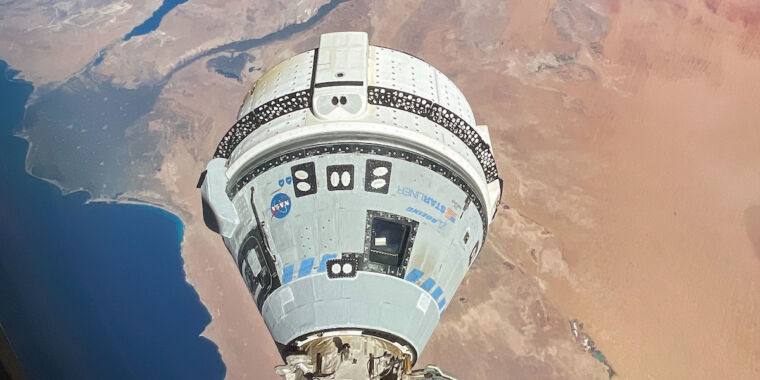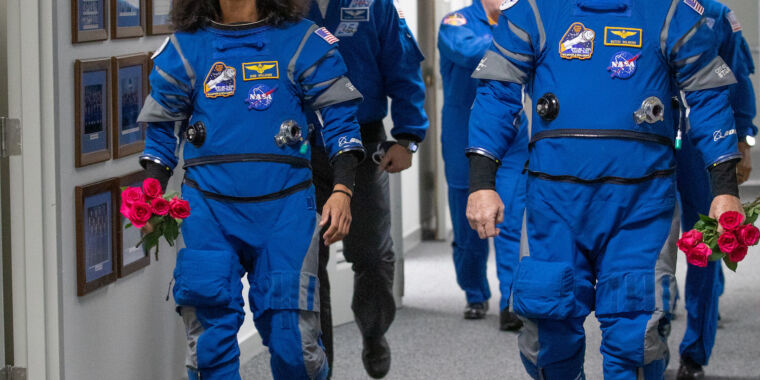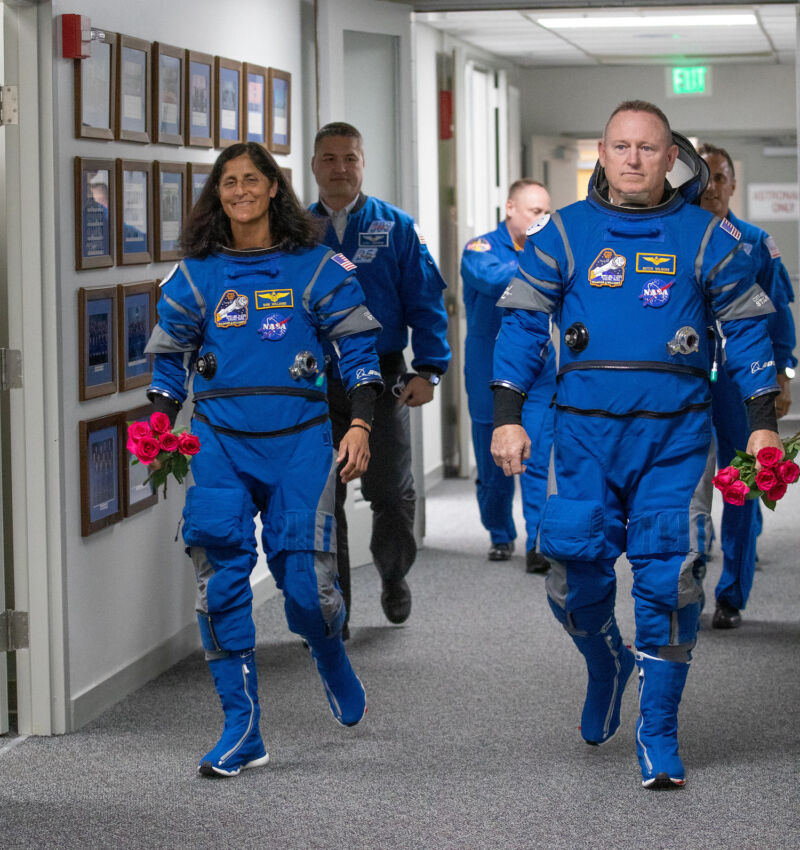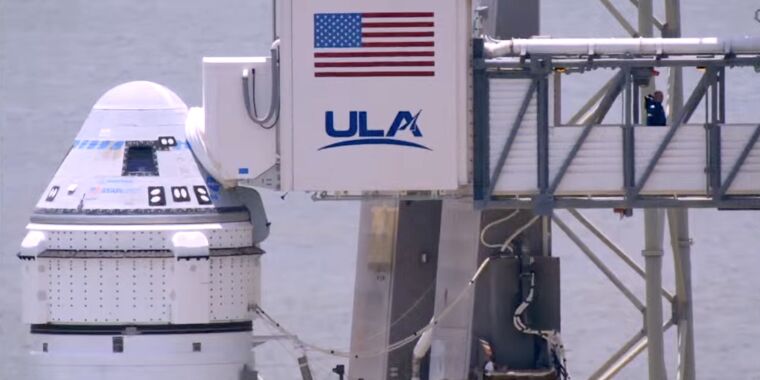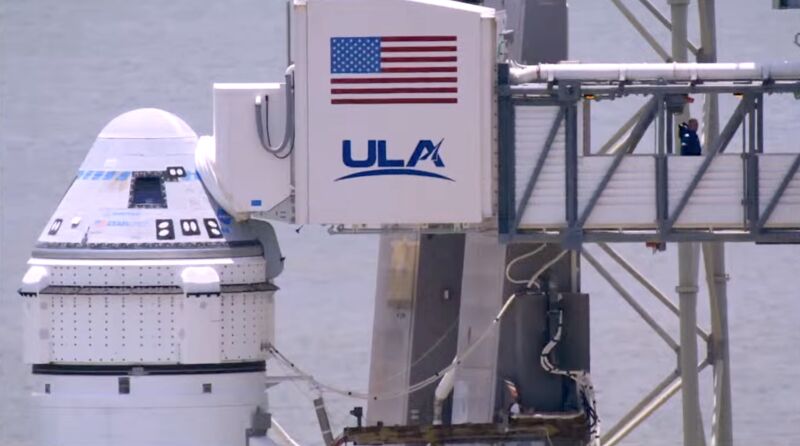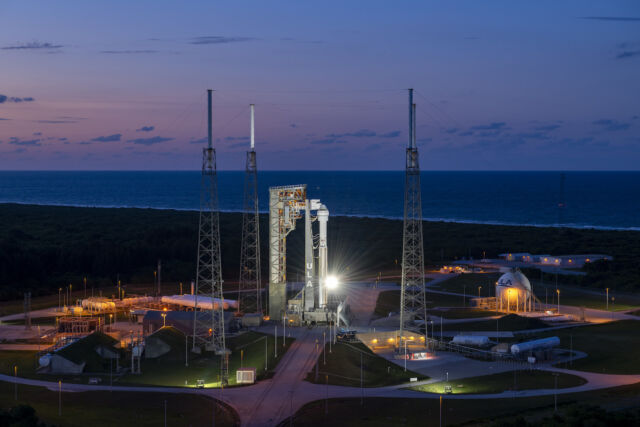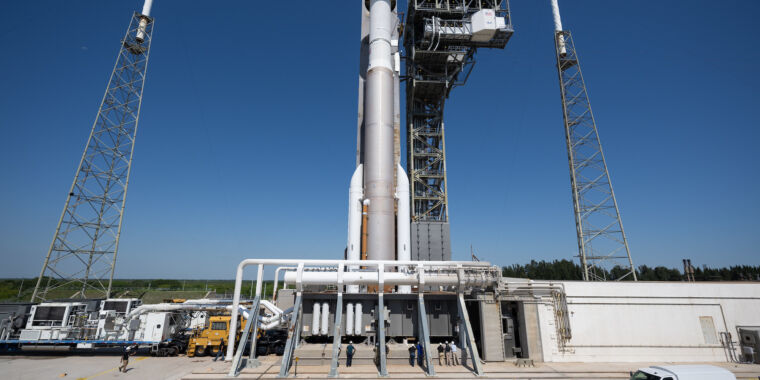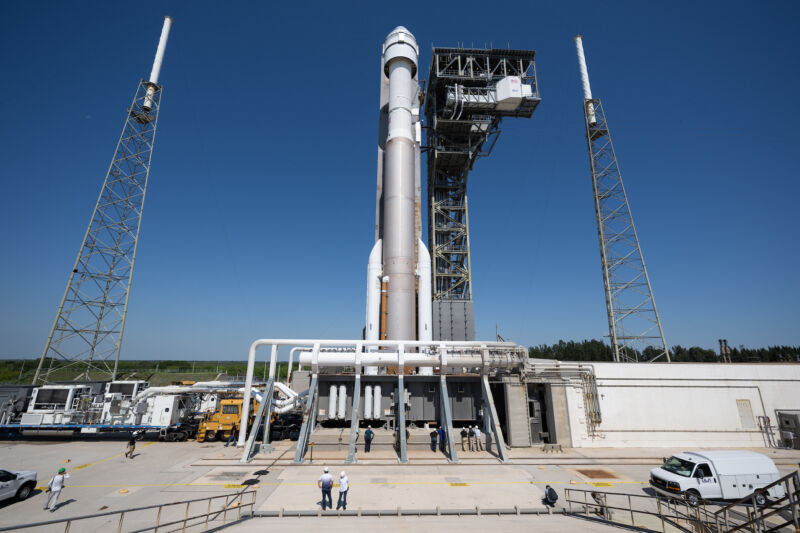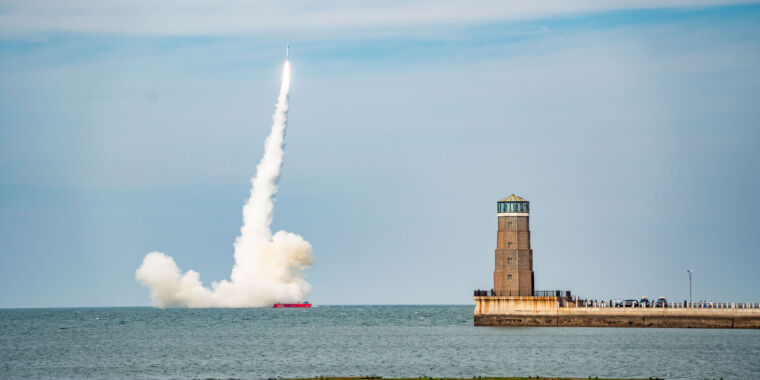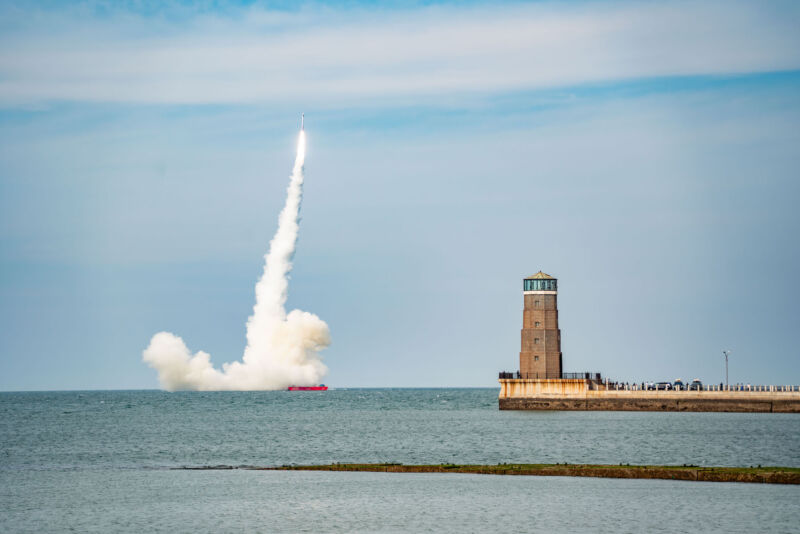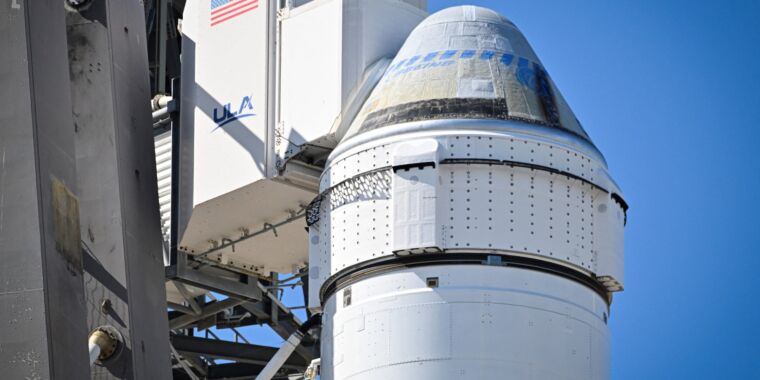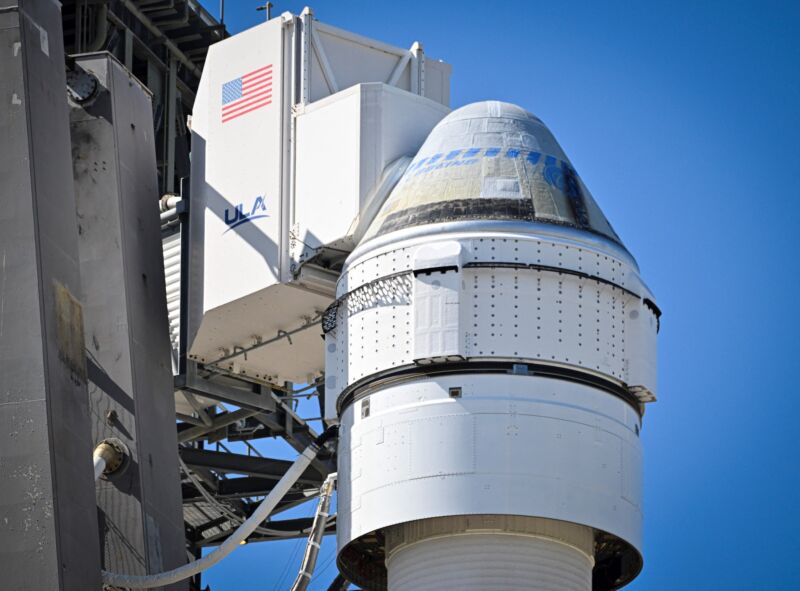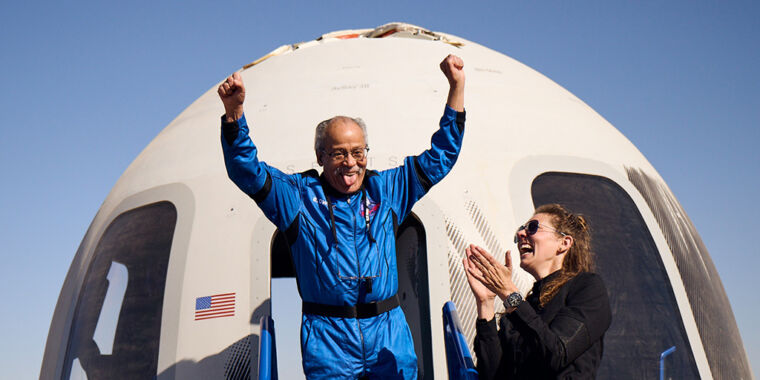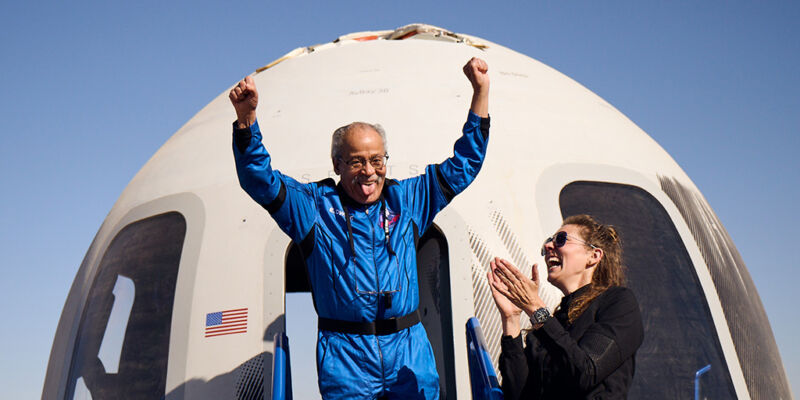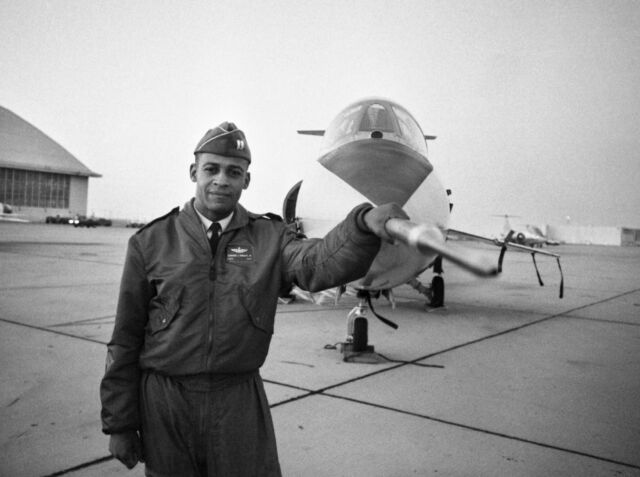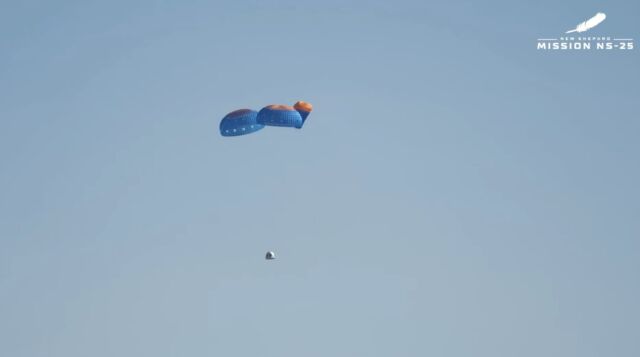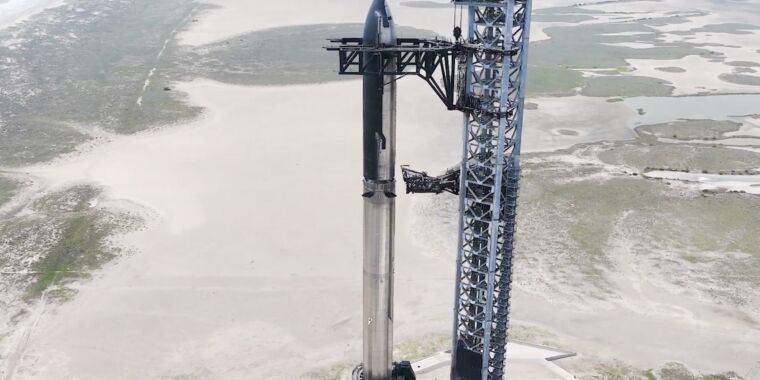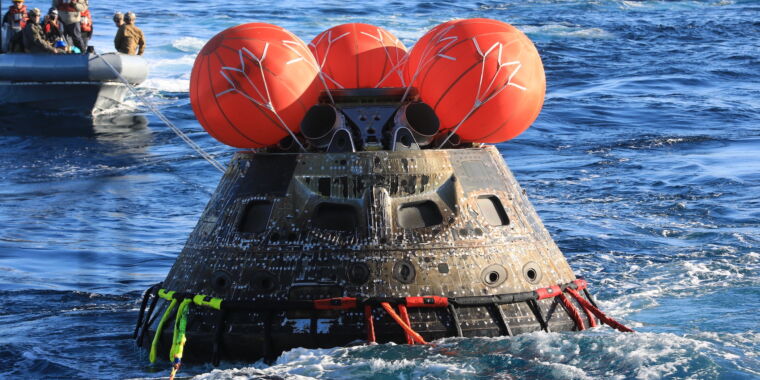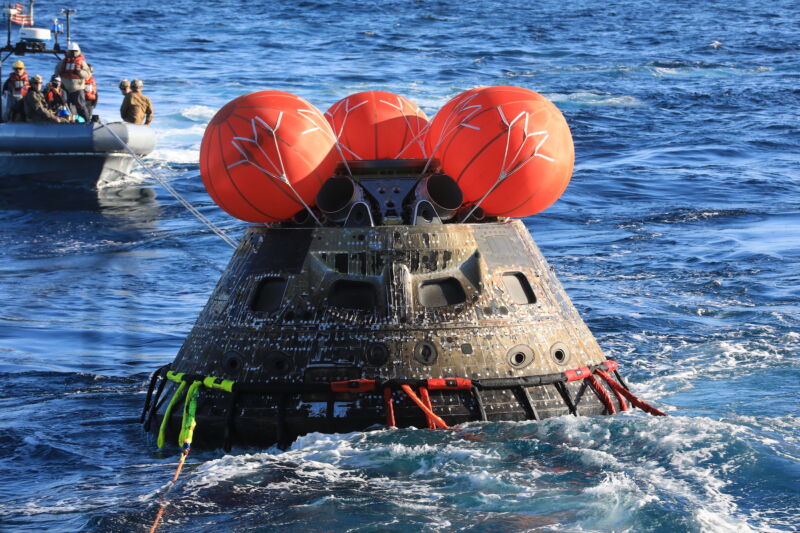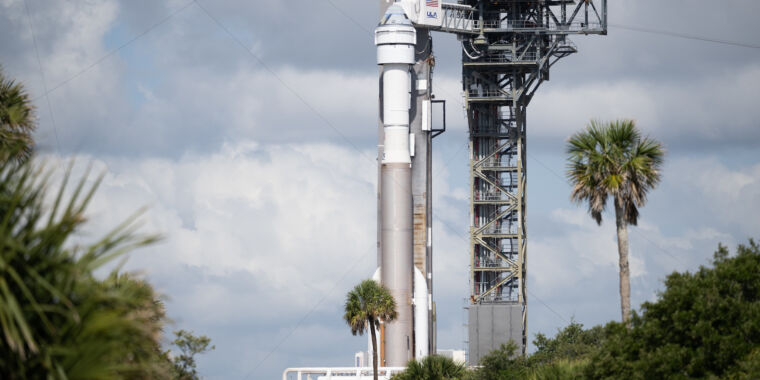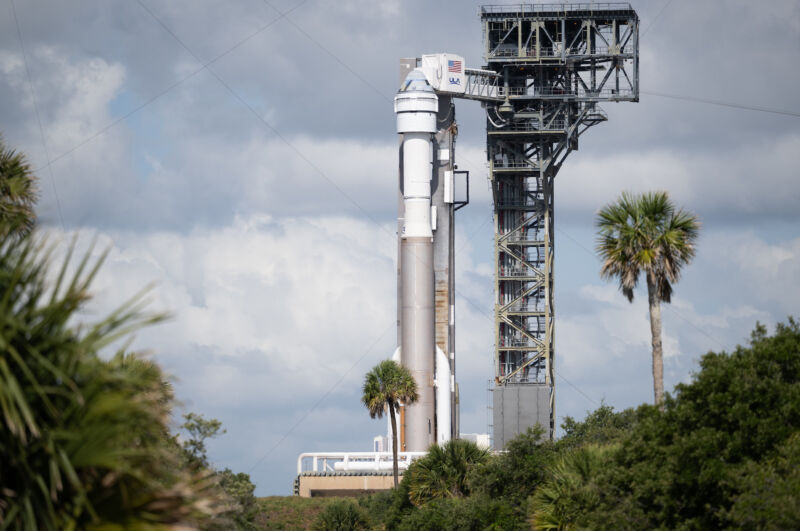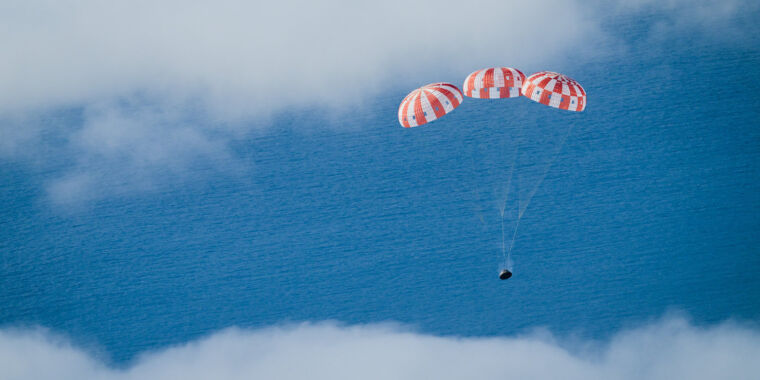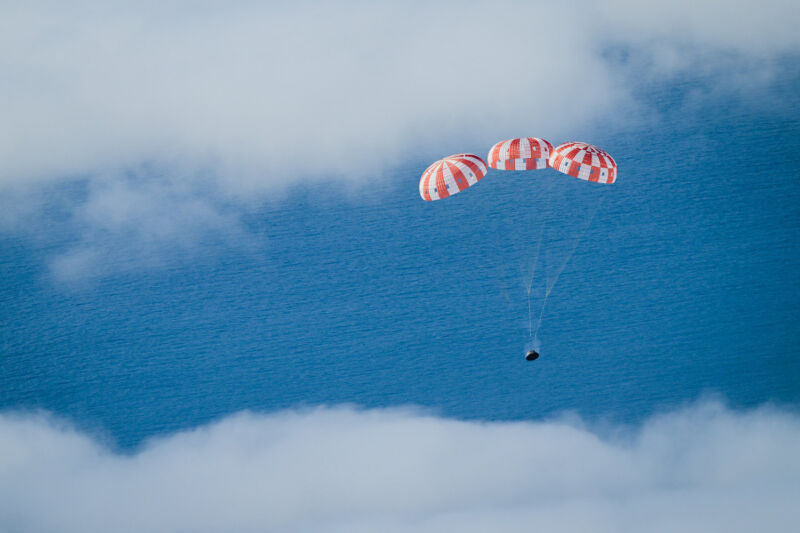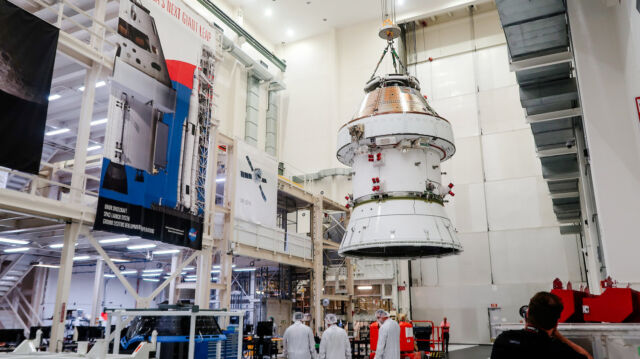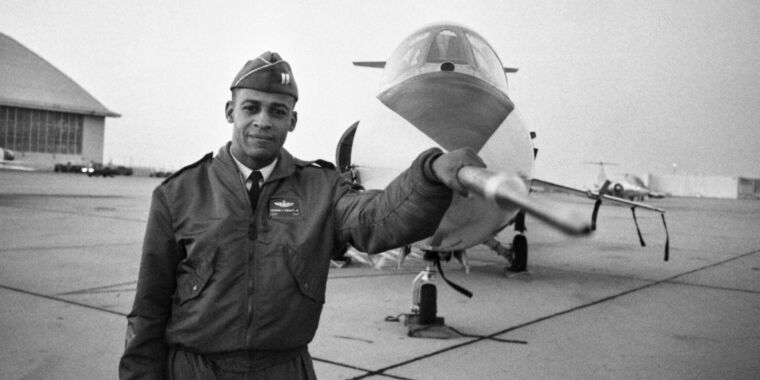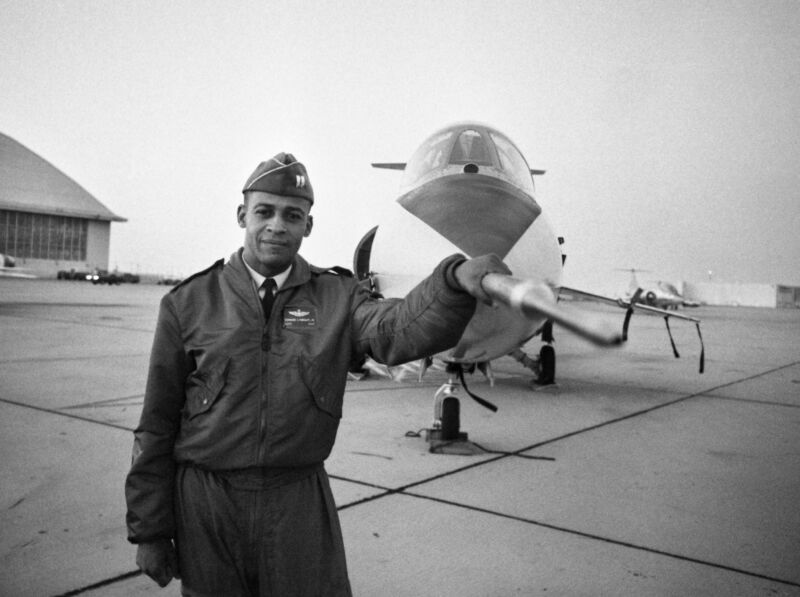NASA orders more tests on Starliner, but says crew isn’t stranded in space
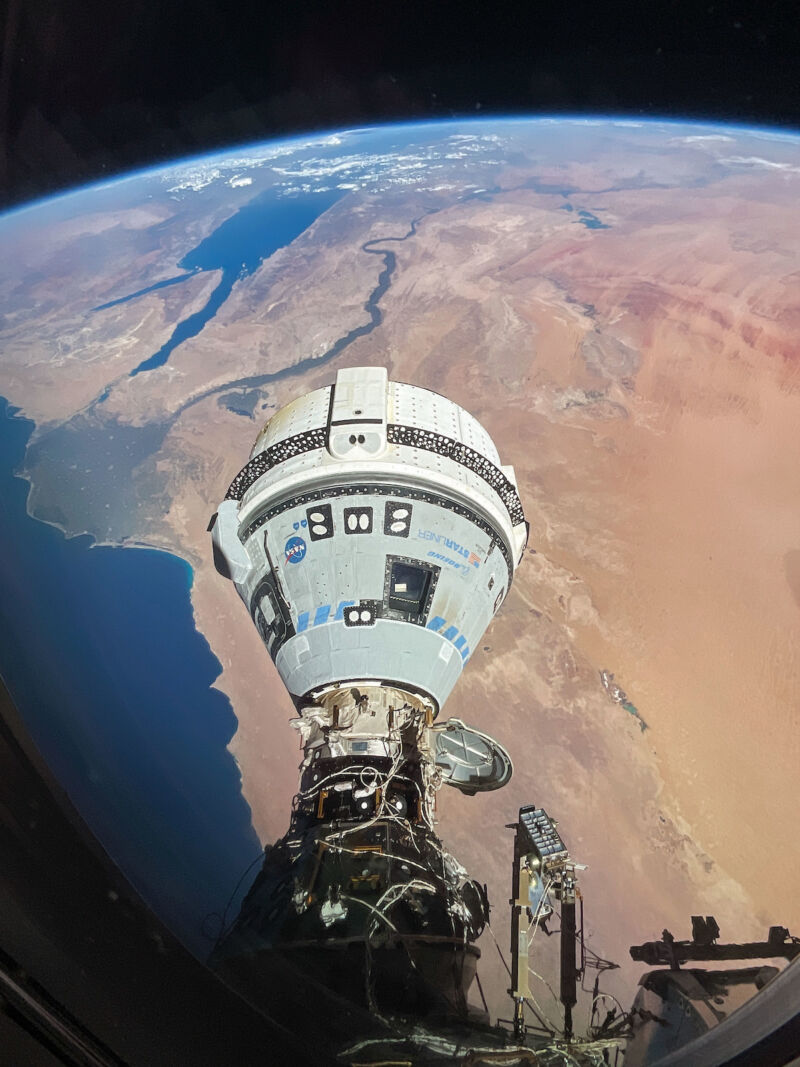
Enlarge / Boeing’s Starliner spacecraft is seen docked at the International Space Station on June 13.
NASA and Boeing officials pushed back Friday on headlines that the commercial Starliner crew capsule is stranded at the International Space Station but said they need more time to analyze data before formally clearing the spacecraft for undocking and reentry.
Two NASA astronauts, commander Butch Wilmore and pilot Suni Williams, will spend at least a few more weeks on the space station as engineers on the ground conduct thruster tests to better understand issues with the Starliner propulsion system in orbit. Wilmore and Williams launched June 5 aboard an Atlas V rocket and docked at the station the next day, completing the first segment of Starliner’s first test flight with astronauts.
NASA managers originally planned for the Starliner spacecraft to remain docked at the space station for at least eight days, although they left open the possibility of a mission extension. The test flight is now likely to last at least a month and a half, and perhaps longer, as engineers wrestle with helium leaks and thruster glitches on Starliner’s service module.
Batteries on this Starliner spacecraft were initially only certified for a 45-day mission duration, but NASA officials said they are looking at extending the limit after confirming the batteries are functioning well.
“We have the luxury of time,” said Ken Bowersox, associate administrator for NASA’s space operations mission directorate. “We’re still in the middle of a test mission. We’re still pressing forward.”
Previously, NASA and Boeing officials delayed Starliner’s reentry and landing from mid-June, then from June 26, and now they have bypassed a potential landing opportunity in early July. Last week, NASA said in a statement that the agency’s top leadership will meet to formally review the readiness of Starliner for reentry, something that wasn’t part of the original plan.
“We’re not stuck on ISS”
Steve Stich, manager of NASA’s commercial crew program, said Friday that he wanted to clear up “misunderstandings” that led to headlines claiming the Starliner spacecraft was stuck or stranded at the space station.
“I want to make it very clear that Butch and Suni are not stranded in space,” Stich said. “Our plan is to continue to return them on Starliner and return them home at the right time. We have a little bit more work to do to get there for the final return, but they’re safe on (the) space station.”
With Starliner docked, the space station currently hosts three different crew spacecraft, including SpaceX’s Crew Dragon and Russia’s Soyuz. There are no serious plans under consideration to bring Wilmore and Williams home on a different spacecraft.
“Obviously, we have the luxury of having multiple vehicles, and we work contingency plans for lots of different cases, but right now, we’re really focused on returning Butch and Suni on Starliner,” Stich said.
“We’re not stuck on the ISS,” said Mark Nappi, Boeing’s vice president in charge of the Starliner program. “It’s pretty painful to read the things that are out there. We’ve gotten a really good test flight that’s been accomplished so far, and it’s being viewed rather negatively.”
Stich said NASA officials should have “more frequent interaction” with reporters to fill in gaps of information on the Starliner test flight. NASA’s written updates are not always timely, and often lack details and context.
NASA officials have cleared the Starliner spacecraft for an emergency return to Earth if astronauts need to evacuate the space station for safety or medical reasons. But NASA hasn’t yet approved Starliner for reentry and landing under “nominal” conditions.
“When it is a contingency situation, we’re ready to put the crew on the spacecraft and bring them home as a lifeboat,” Bowersox said. “For the nominal entry, we want to look at the data more before we make the final call to put the crew aboard the vehicle, and it’s a serious enough call that we’ll bring the senior management team together (for approval).”
NASA orders more tests on Starliner, but says crew isn’t stranded in space Read More »
